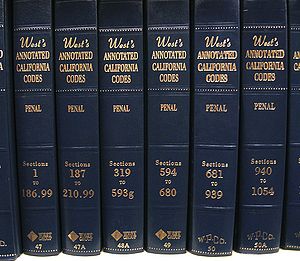- Free Consultation: (714) 547-4636 Tap Here to Call Us
Aiding and Abetting and Conspiracy in Criminal Law

One of the most confusing issues in criminal law concerns liability under conspiracy or aiding and abetting theory. Put succinctly, if someone helps another in the commission of the crime but does not actually commit the crime, both people are still guilty of the offense. For example, if two people agree they will work together to rob a home and person A acts as the lookout for the untimely return of the homeowners and person B actually enters the home, then the law recognizes that both persons may be charged with burglarizing the home even if person A never actually enters the home.
The elements for conspiracy or aiding and abetting in California are as follows:
- The perpetrator committed the crime;
- The defendant knew the perpetrator intended to commit the crime;
- Before or during the commission of the crime, the defendant intended to aid and abet the perpetrator in committing the crime; AND
- The Defendant’s words or conduct did in fact aid and abet the perpetrator’s commission of the crime.
Notably, as long as the elements above are met the defendant does not even have to be present at the crime scene to be considered an aider and abettor. Similarly, the presence of someone at the scene does not necessarily mean they aided and abetted; the elements above must be met.
A person who begins as an aider and abettor may avoid criminal liability by withdrawing before the crime is committed. To do so they must:
- Notify everyone they know who is involved with the crime that they are withdrawing; and
- Must do everything within their power to prevent the commission of the crime although they need not actually prevent the crime from occurring.
One of the more difficult notions to understand about the laws surround aiding and abetting is when there is a foreseeable but unexpected consequence of the conspiracy to commit a crime. For example, if two individuals conspire to rob a bank and person A acts as a lookout and person B goes into the bank with a gun to rob it and ends up shooting and killing the bank guard, then both person A and person B may be charged with murder. The jury instructions require that the jury first find the Defendants guilty of the initially contemplated offense (bank robbery) before moving on to the indirect offense (murder). In order to prove the Defendants guilty of murder, they must find that murder was a natural and probable consequence of bank robbery. See Penal Code Section 182.








